
Explainer | How jamu, traditional Indonesian herbal medicine, relieves pain and helps you detox
- Whether you drink it or rub it on your body, traditional Indonesian herbal medicine can relieve all kinds of pain and detoxify the body
Traditional Indonesian herbal medicine, or jamu, dates back 1,300 years.
A panci jamu, or jamu pot, seen in a stone mural carved on a wall of the Borobudur temple in central Java suggests it was being practised when the temple was built in the late 8th century.
Historically, jamu was reserved for the royal families of Java and neighbouring Bali. Today, the tradition is alive and well and available to all, with jamu gendong, medicine carriers who are usually women, toting baskets of ready-mixed elixirs on their backs to sell at markets throughout Indonesia.
The concoctions are made from spices, roots, leaves, bark and fruit, and are used to aid digestion, reduce inflammation, boost immunity and improve overall health.
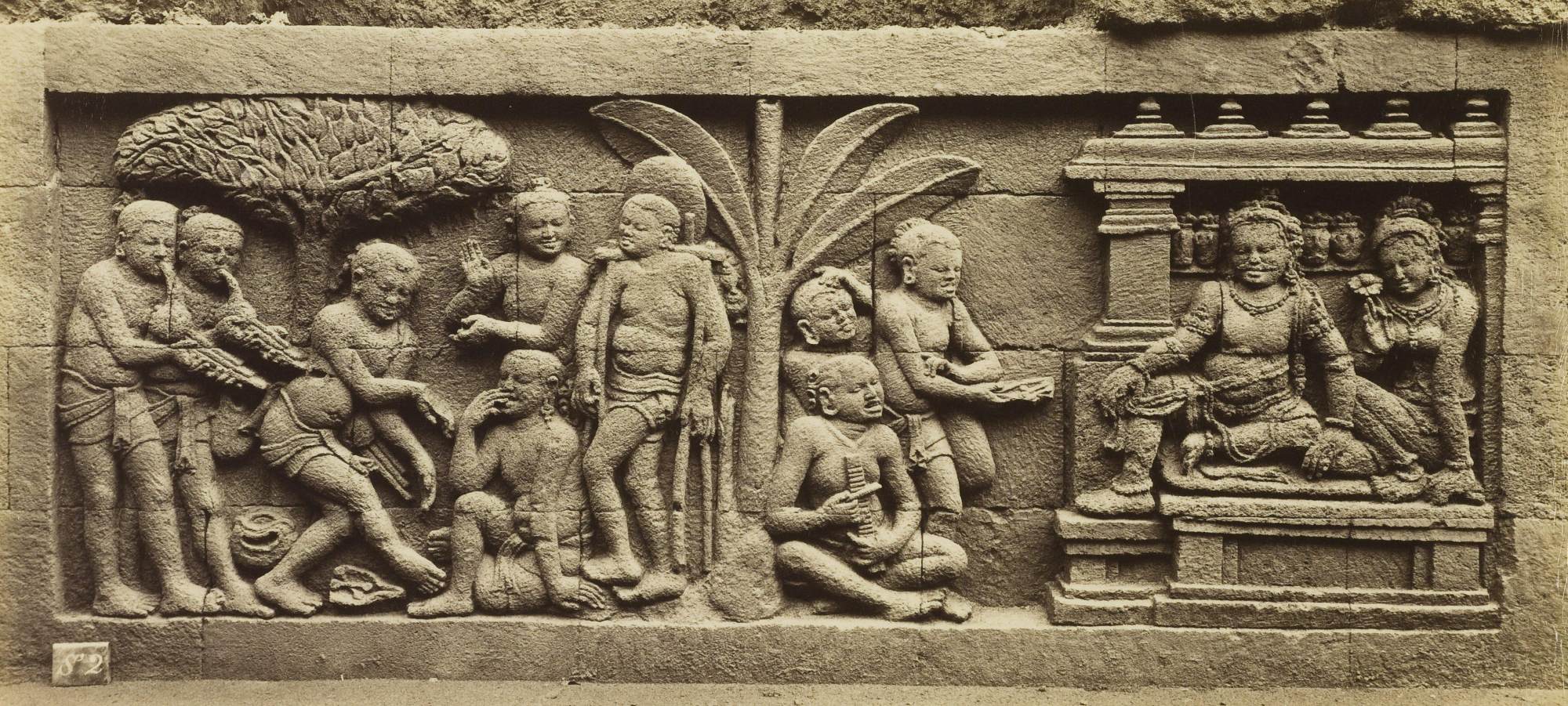
Jamu was exclusive to royal courts until the 20th century, when one woman brought it to the masses: Nyonya Meneer.
According to Dewa Ayu Somya Rahayu, a herbalist instructor at The Jamu Bar in Bali, Indonesia, Meneer was of Chinese-Indonesian descent and had knowledge of jamu.
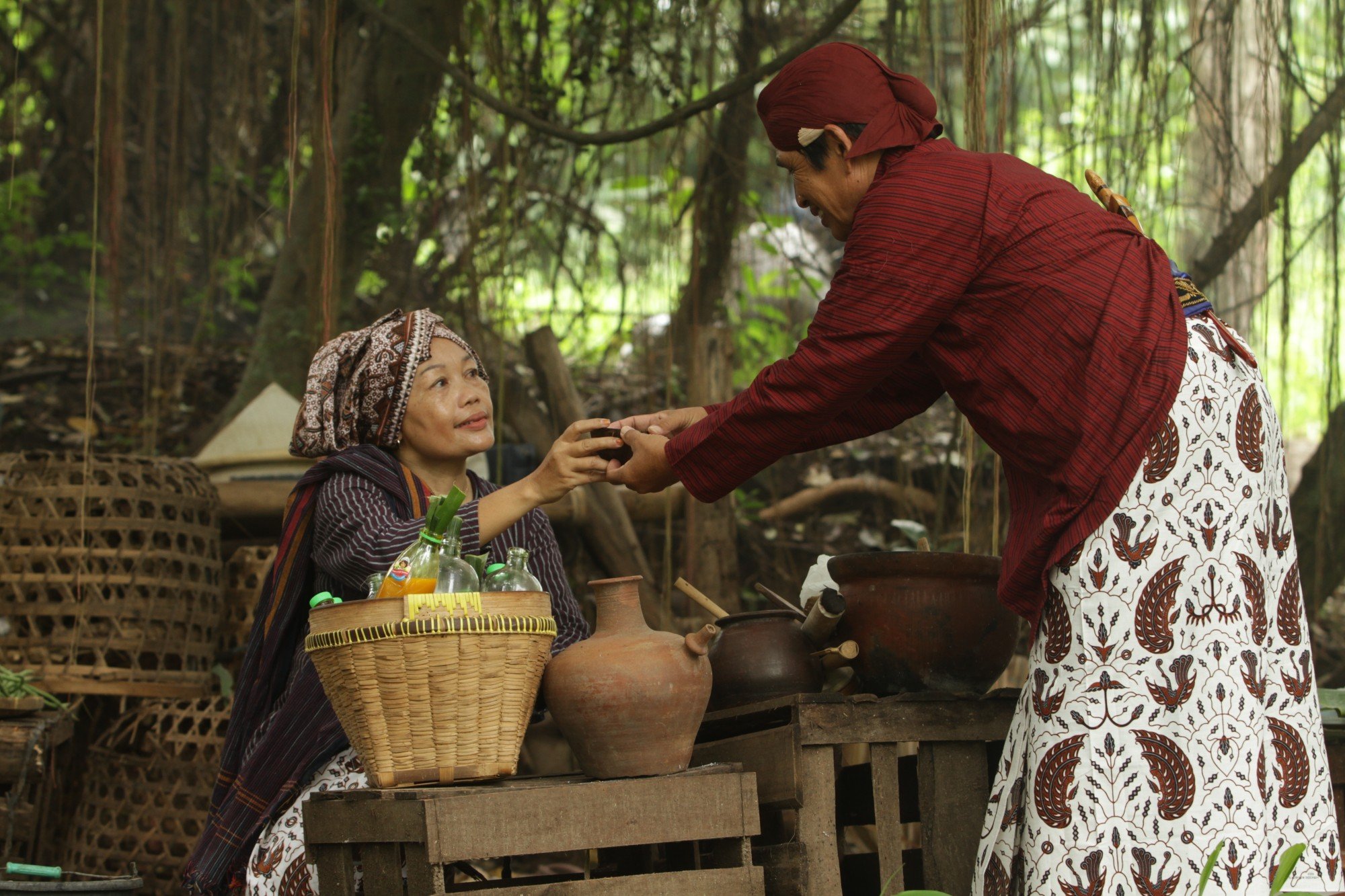
She was known to brew herbal remedies for her family and friends, and established her eponymous brand in 1919, selling health tonics and elixirs.
Her two great-granddaughters, sisters Vanessa and Claudia Ong, established The Jamu Bar to present jamu to the next generation in the form of teas and oils – and alcoholic cocktails – and provide classes in how to make natural tonics at home.
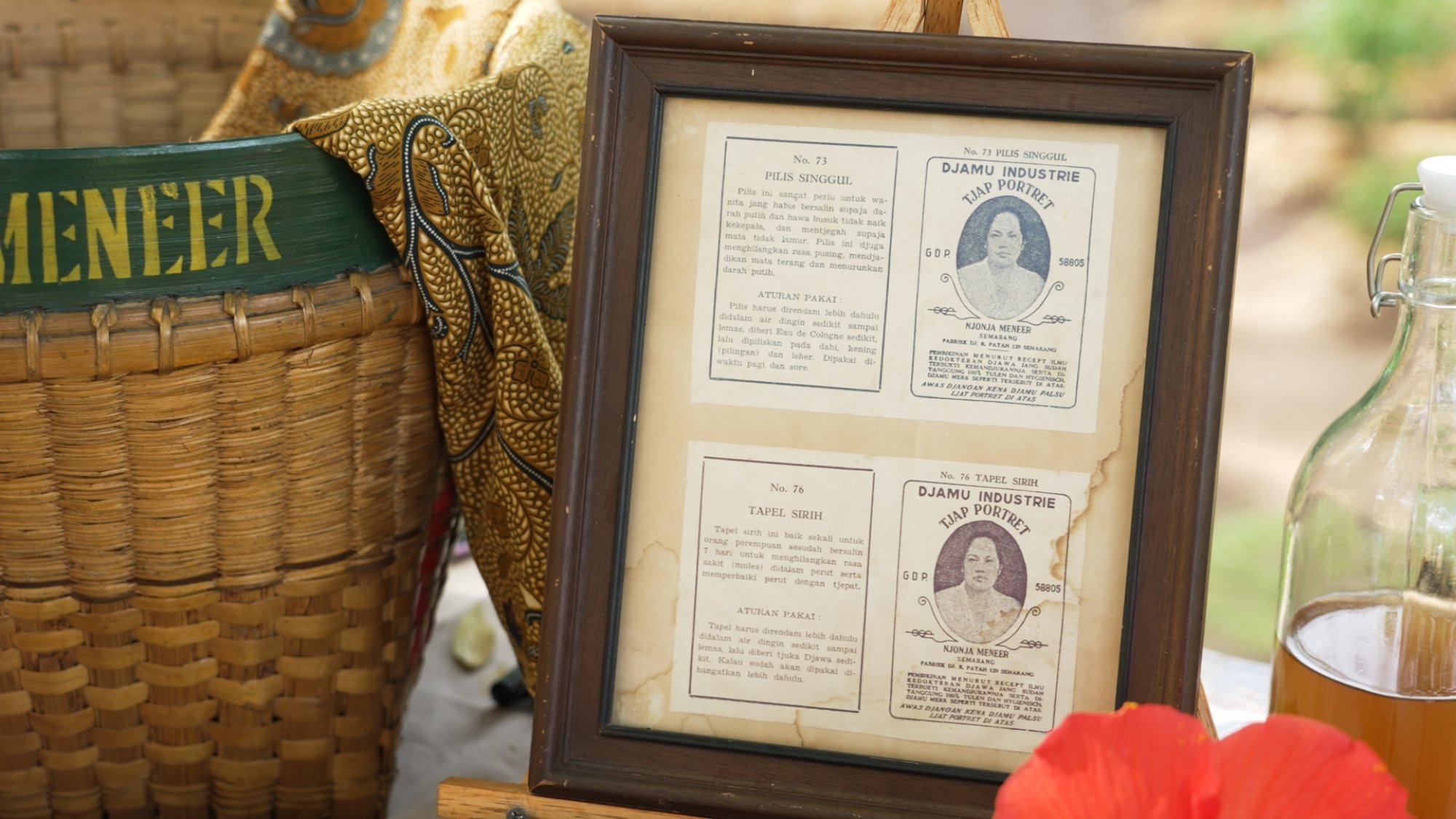
Galangal – also known as Thai ginger – may aid digestion and help combat infections. Lemongrass and cinnamon, natural diuretics, help cleanse the body of toxins.
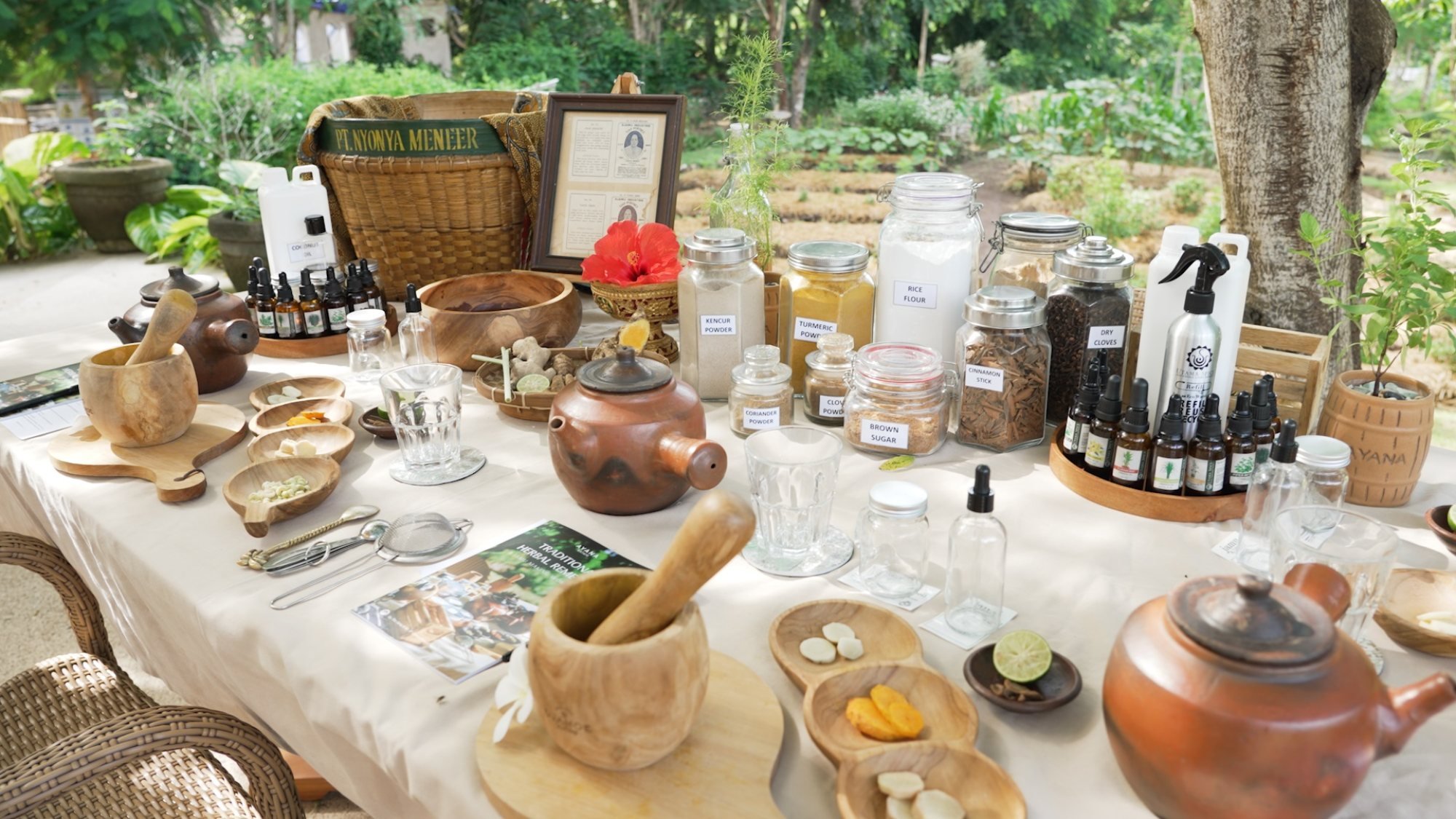
As well as being mixed in teas and juices, jamu ingredients can be applied to the body via different forms of therapy.
At The Legian Seminyak hotel, in Bali, they are used in the spa in Balinese massage, boreh deep-heat body wraps, and traditional lulur body polish scrubs.
The therapists use an organic, locally sourced blend of sunflower, ginger, lime and ylang-ylang flower for the massage oil, says Hans Joerg Meier, managing director and partner at LHM, the hotel’s parent company.
This oil helps to warm the body and help it to relax, he adds.


The body wrap uses a blend of local cloves and ginger to detoxify the body, while a blend of local red rice, white turmeric and sandalwood helps to remove dead skin cells.
Meier says the client’s condition improved after drinking the teas, and that they bought some of the tea in bulk to take home.
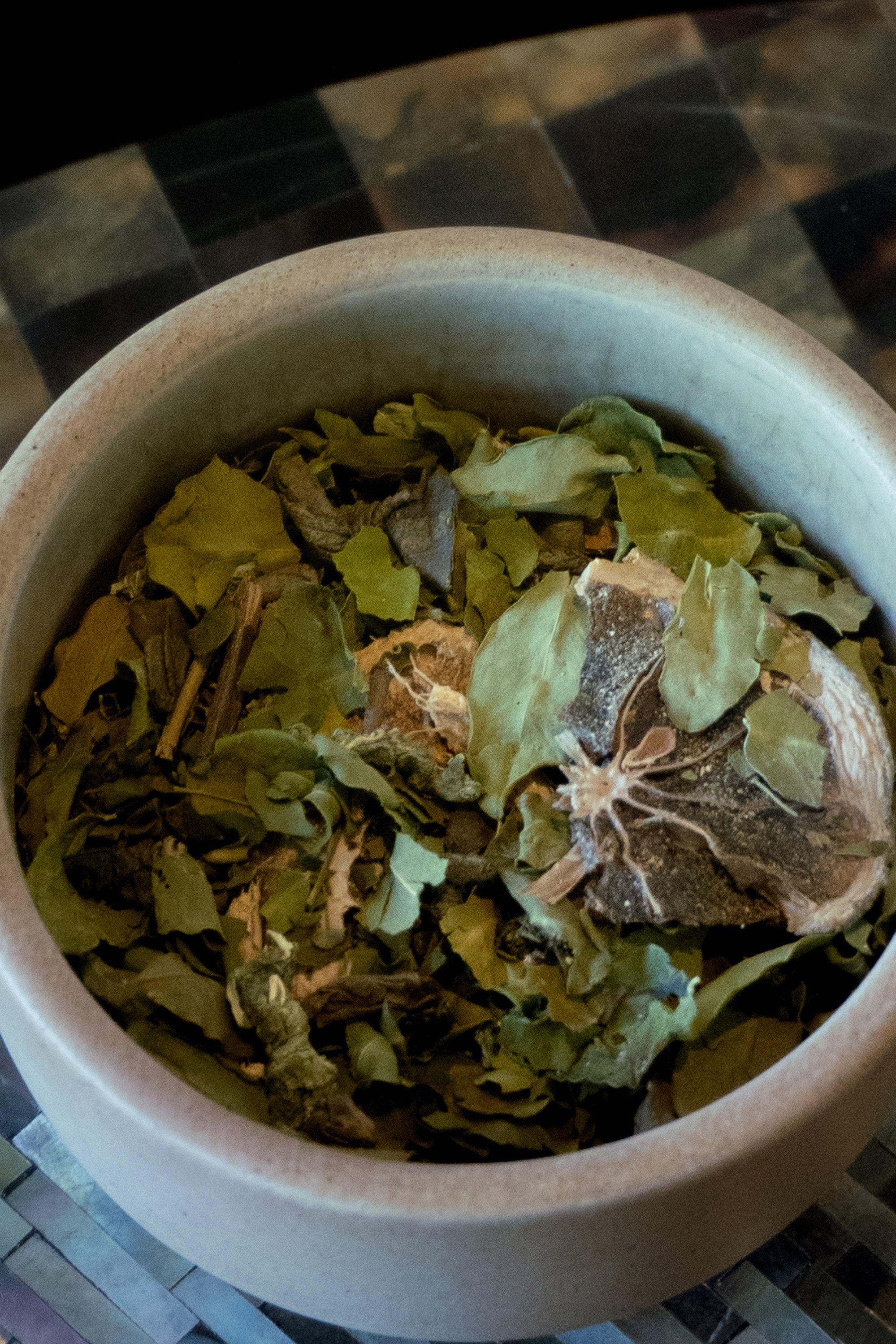
Turmeric contains curcumin, known for its ability to reduce the production of prostaglandins, hormone-like substances that cause pain and inflammation during menstruation. Ginger is also a potent anti-inflammatory and painkiller.
Many women who regularly consume jamu report significant relief from cramps, and favour this natural approach over conventional pain relievers.
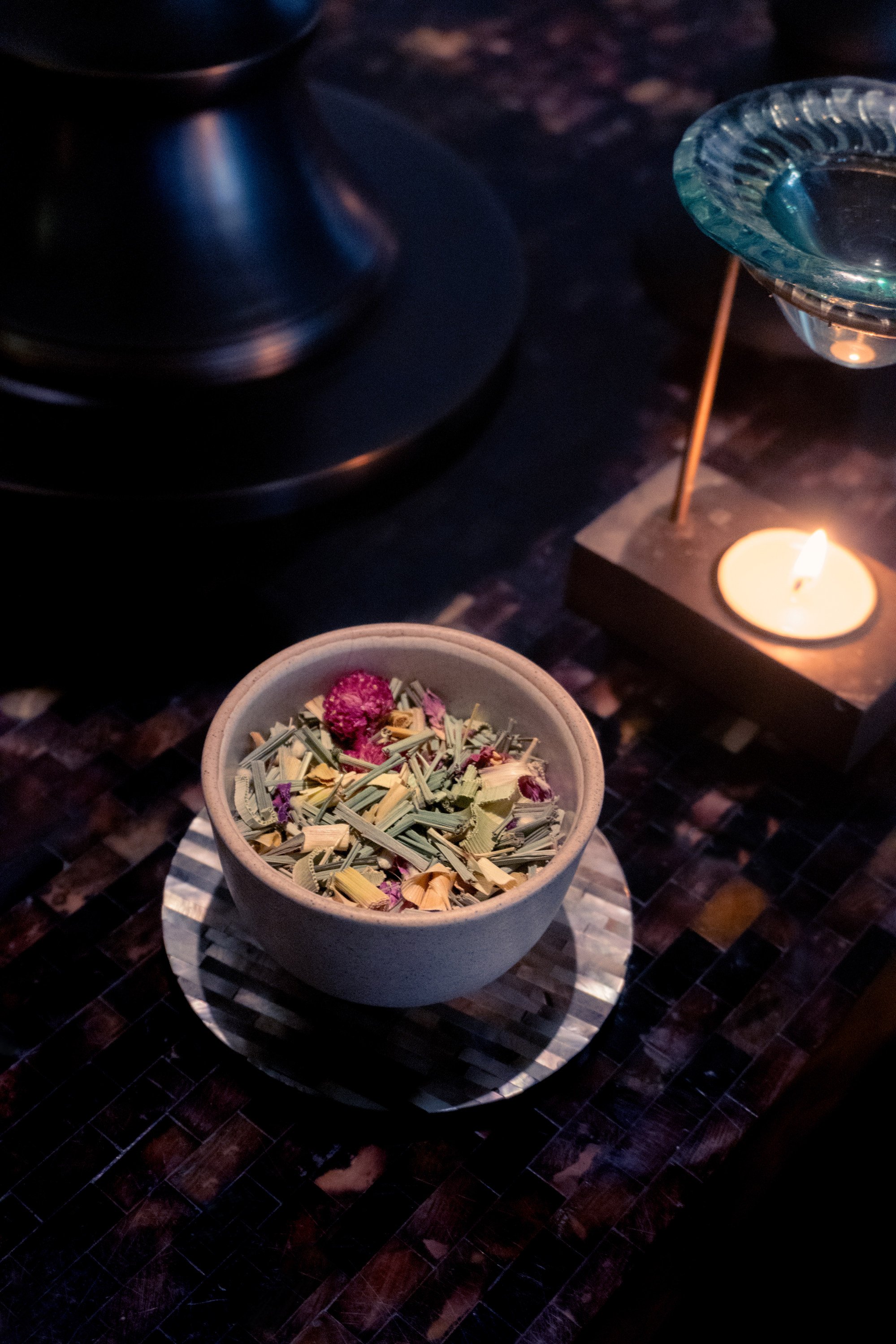
Do-it-yourself jamu
Although word of jamu is spreading, it is not widely available outside Indonesia. To sample its goodness, you can try this traditional recipe at home.
Empon empon is a simple formula that can be made in a saucepan with easy-to-find ingredients:
-
200 grams ginger, peeled and sliced
-
150ml water
-
½ teaspoon turmeric
-
2 cinnamon sticks
-
5 tablespoons brown or white sugar, according to taste
-
100 grams galangal, peeled and sliced
-
2 lemongrass stalks cut into small pieces
Boil all the ingredients in a saucepan for about 20 minutes, then filter into a container and drink when cooled.

